It is no secret that the utilization of trail cameras is of undeniable benefit to a hunter’s scouting efforts. Trail cameras allow hunters the ability to take inventory of their local deer population, including bucks throughout all stages of antler growth. What far fewer individuals realize however, is the negative impact that inattentive trail camera usage can impart on your property in the form of excessive pressure. Here is a list of 5 trail camera mistakes we make and why avoiding these stumbling blocks can make your trail camera scouting more efficient.
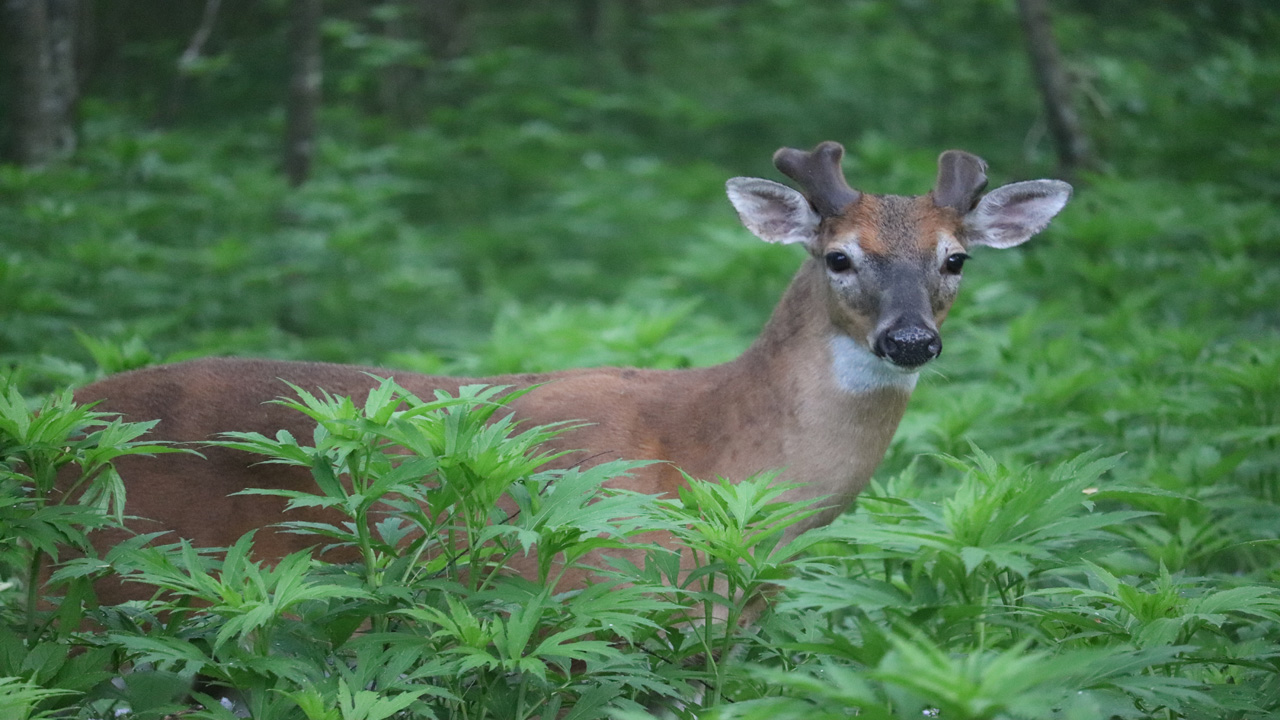
Trail cameras are an invaluable resource for inventorying bucks through all stages of antler growth.
Lacking Proper Scent Control Upon Camera Checks
Often overlooked is the significance of proper scent control when accessing trail cameras. A trip to and from a camera site has the potential to deposit just as much scent as a trip to and from your stand, and should be treated accordingly. As hunters, we prepare for a trip to the stand by washing in scent free body wash, dressing in clothes washed in scent free detergent, wearing rubber boots to prevent scent dispersal, and spraying down with scent eliminator. When going to those lengths when hunting to keep from alerting deer of our presence, why would it make any sense to traverse the same areas without a similar level of precaution when checking cameras?
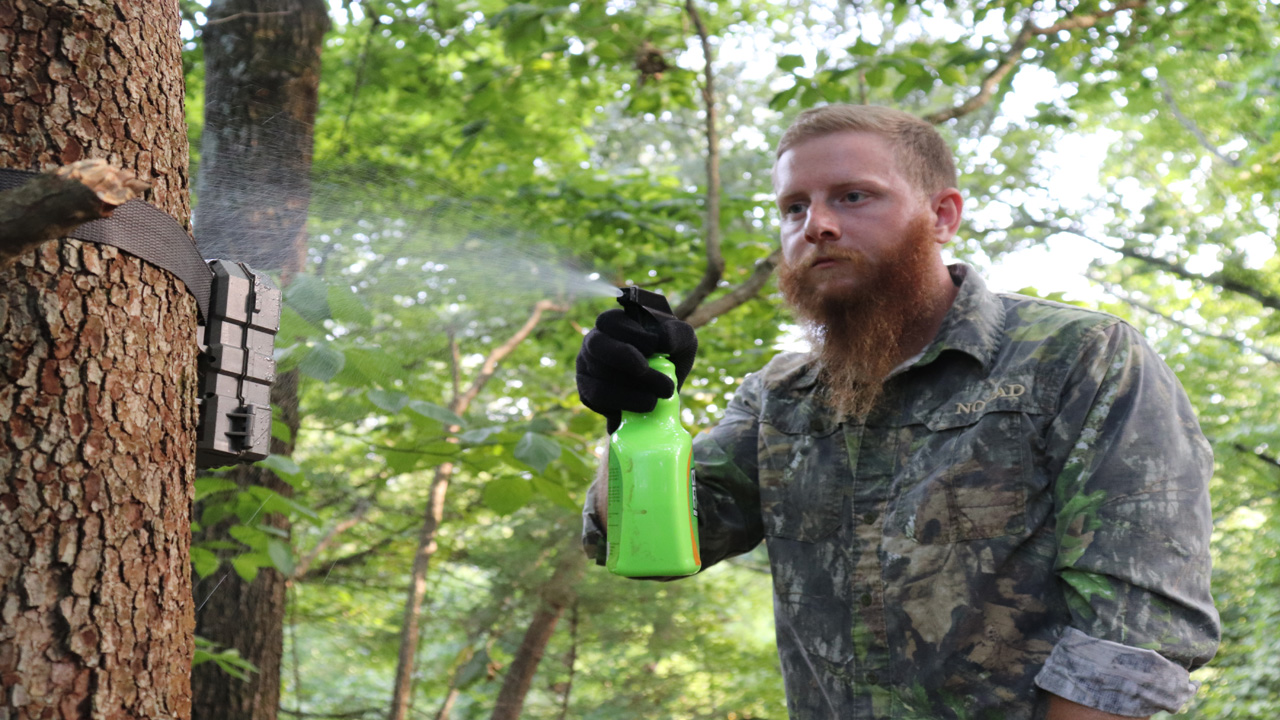
Keeping human scent to an absolute minimum is paramount when checking trail cameras.
The truth is, a buck knows no difference between human scent deposited when hunting, and that which was deposited when checking trail cameras. To a buck, either case is equivalent to unwanted human intrusion into their home range. The possible resulting shift in pattern, reduction in daytime movement, or reluctance to frequent certain areas will likely be the same in both scenarios. By adhering to a stringent scent elimination strategy when putting out or checking cameras, just as you would when heading to the stand, you drastically reduce the pressure imparted upon the deer in the area.
Overly Frequent Card Pulls
For hunters, checking trail cameras can bring frenzied excitement reminiscent of a child on Christmas morning. Unfortunately, that unmetered excitement can also lead to one of the biggest pitfalls associated with trail camera use. Excessive intrusion into an area for overly frequent trail camera checks can quickly put any local deer on high alert. With every trip afield that a hunter makes, scent is deposited, audible noise is often produced, and the chances of physically encountering deer and bumping them from the area increases.
The technological advancements of modern day trail cameras have made extensive battery life and the acceptance of high capacity SD cards the market standard. Weekly trips to replenish drained batteries and exchange SD cards that are at capacity are no longer a necessity. By taking advantage of these capabilities and making trips to camera sites as infrequent as possible, pressure on deer in the area is dramatically reduced.
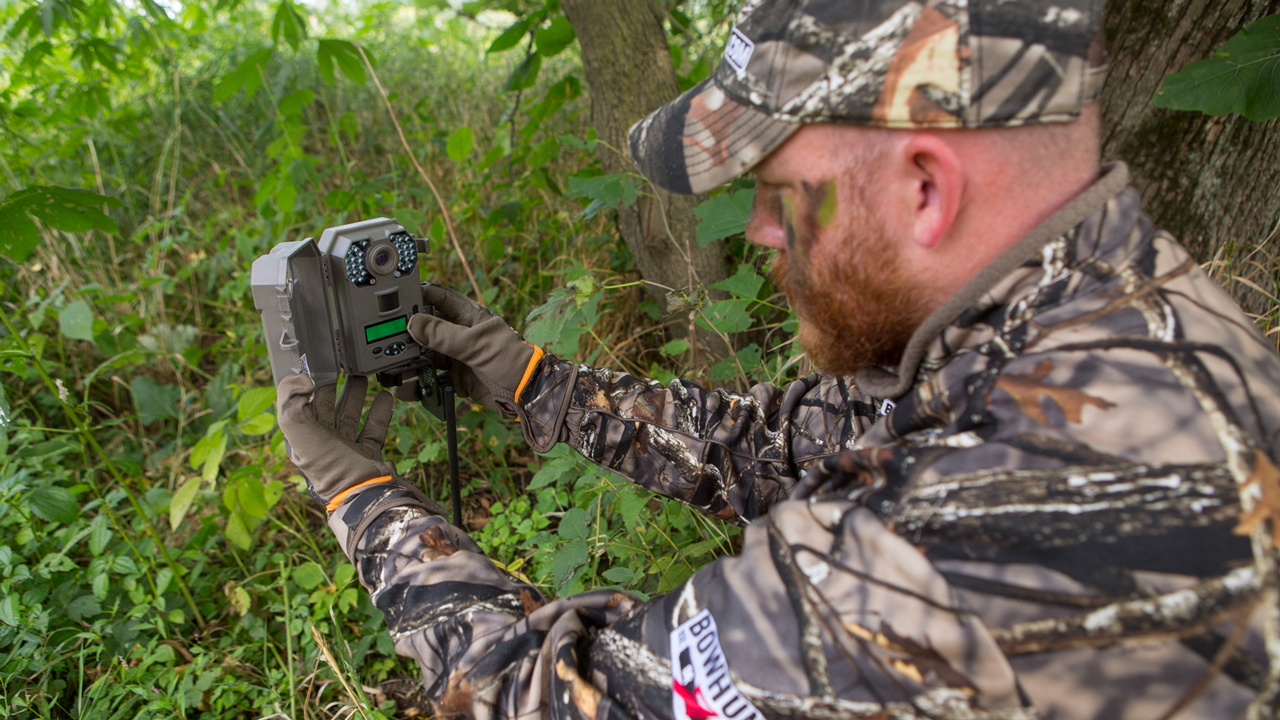
Checking your trail cam too much can have a negative impact on your local deer herd.
Overstaying Your Welcome
Anytime that a hunter finds themselves in the woods, it is only natural to have the urge to explore your surroundings, analyzing sign in the area. A trip to the field to check trail cameras can be a tempting time to do just that. However, there is a time and place for this and typically, while trying to remain diligent in your efforts to go undetected in the process of checking cameras, is not one of them.
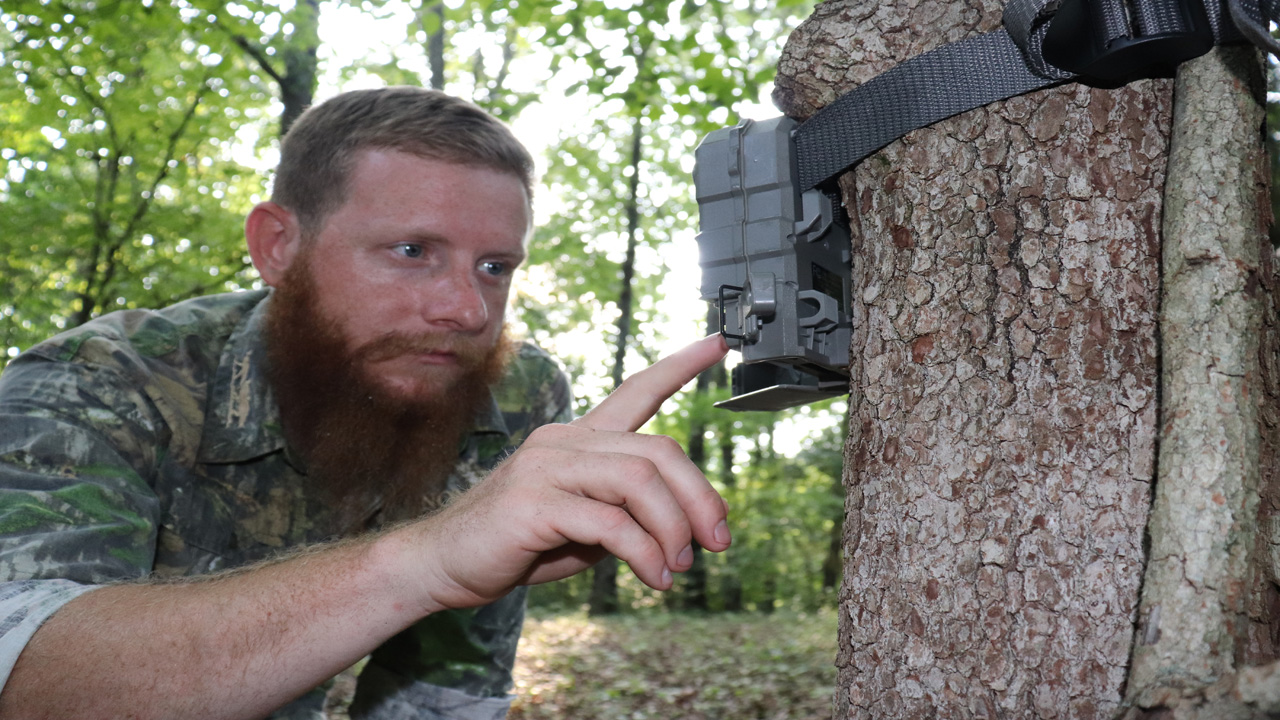
Keeping intrusion to a minimum is aided by being brief when checking trail cameras
Much can be said for a timely in and out approach when running trail cameras. For every additional minute that a hunter spends at their camera sites or canvassing the area nearby, their chances of causing pressure inducing disturbances upon the deer that reside in the area skyrockets. Getting in and out of the area as briskly as possible minimizes potential negative effects of your intrusion.
Intrusion During Peak Hours Of Deer Movement
Most every deer hunter has a firm grasp of the concept that daytime deer movement is at it’s peak during the early morning and late afternoon to early evening hours. Even though this knowledge is widely accepted, many hunters still make a habit out of checking trail cameras first thing in the morning on their way to work, or on their way home in the evening. This might be a factor of convenience for a hunter, however, by frequently venturing into an area during hours of heavy movement, the pressure imparted upon the deer herd is magnified greatly.
Ideally, the checking of trail cameras should be reserved for mid afternoon hours when fewer deer are on the move if at all possible. During afternoon hours, the majority of deer are bedded down and movement is at a minimum. By utilizing this window of time to check cameras, the chance of bumping deer on your arrival and departure is greatly reduced, therefore minimizing stress to deer in the area.
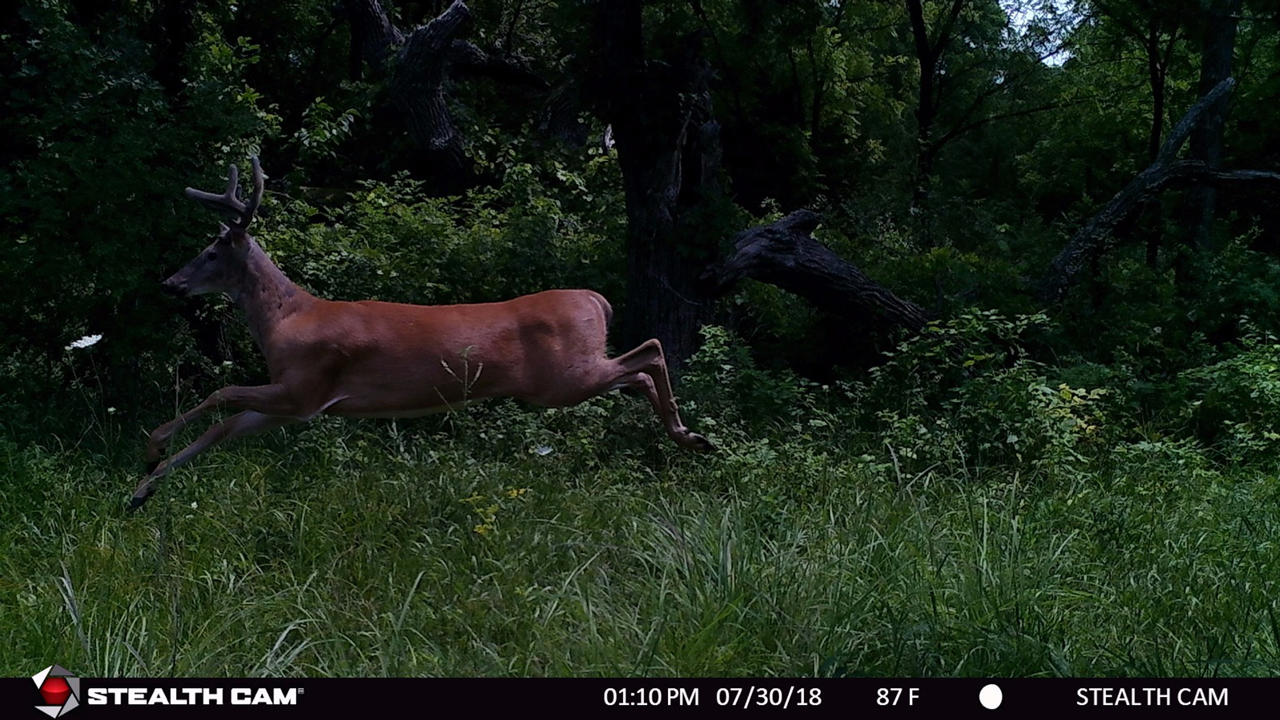
We all love to check trail cams, but are we spooking deer when we do?
Locating Cameras In An Area Of High Intrusion
When choosing a quality site to locate a trail camera, much value is put upon exploiting areas of high deer density and travel. Far fewer hunters recognize the importance of locating their cameras in areas that can be readily accessed with a lesser degree of human intrusion. Much has been publicized in recent years about the value of hanging stands at locations that allow for low impact entry and exit. Likewise, the same strategy should be applied when deciding where to place trail cameras.
If trail cameras are placed within close proximity to bedding areas or placed in or around forms of security cover, the chances of leaving deer undisturbed when engaging these sites plummets. Care should also be taken to avoid travel through these areas when accessing your cameras. In short, if you would typically avoid intrusion into or through an area when traveling to or from a stand, the placement of cameras or travel through these areas to access cameras should be avoided as well.
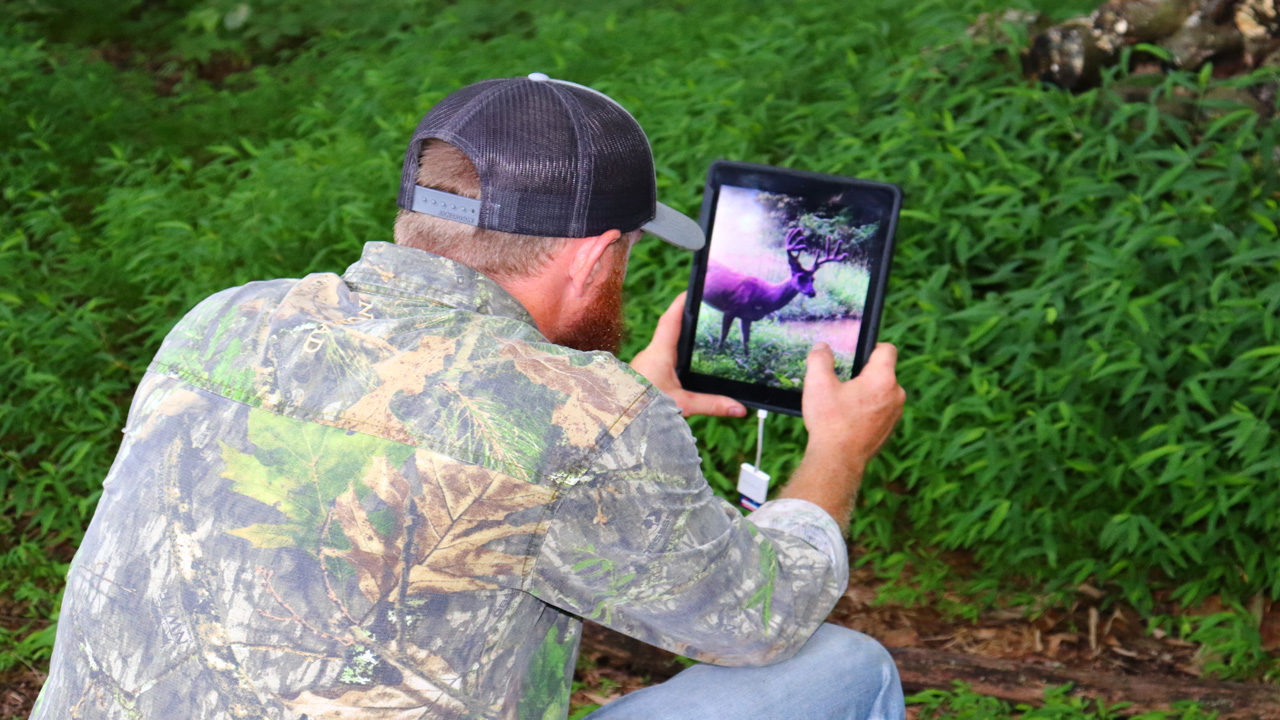
When utilized in an attentive manner as to avoid pressuring local deer, trail cameras can yield information of substantial benefit.
Trail Camera Mistakes We Make – Conclusion
Trail cameras have revolutionized the way we hunt. But like anything, by optimizing your approach, you maximize your results. By being vigilant in your commitment to minimizing undue stress imparted upon the deer you hunt, you better your odds of putting a tag on the monarch of a buck that awaits you upon your next camera check.

 By
By 



